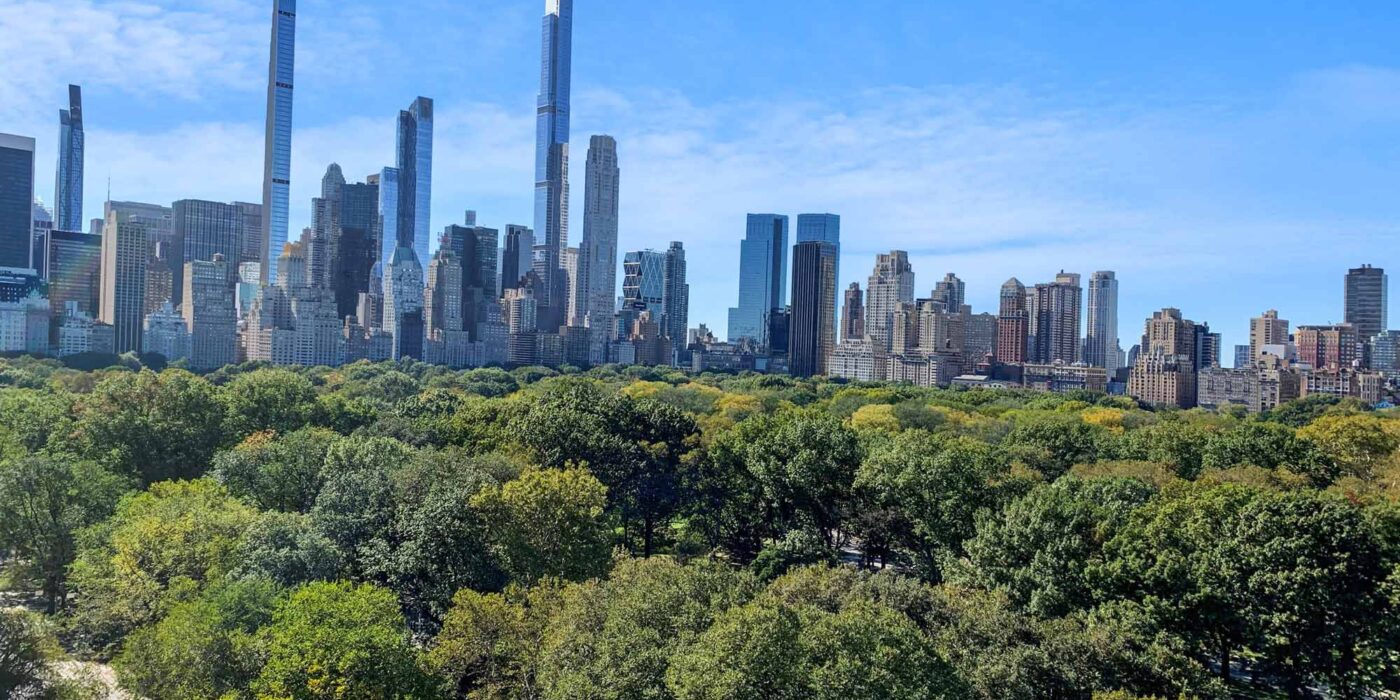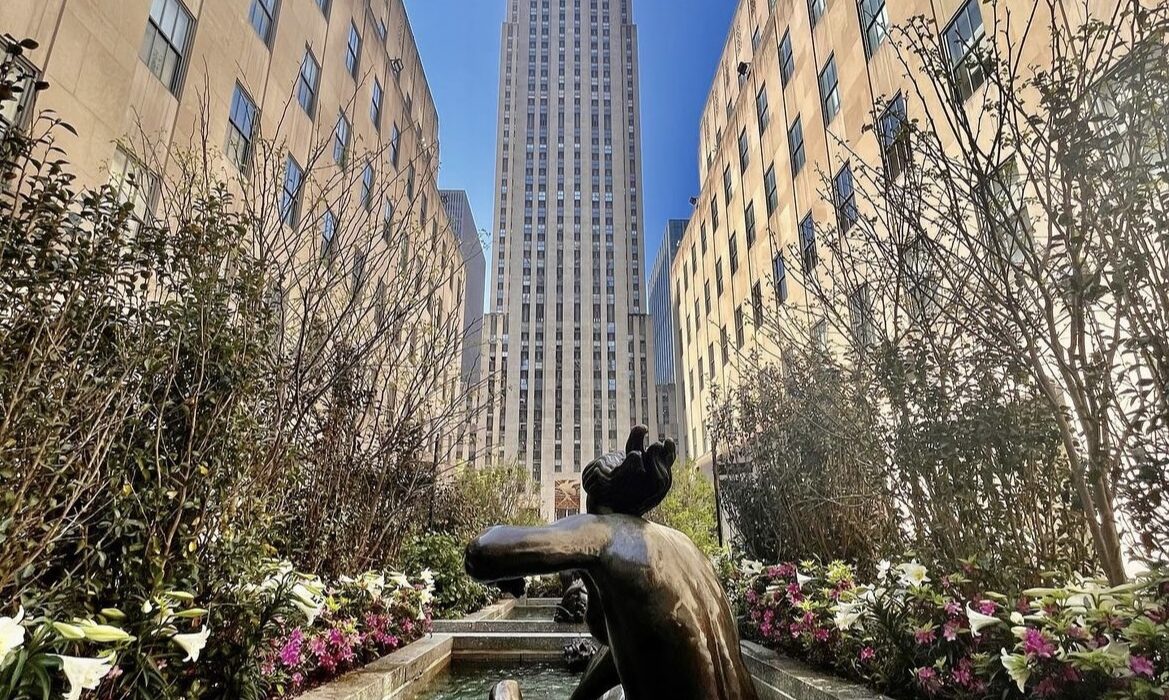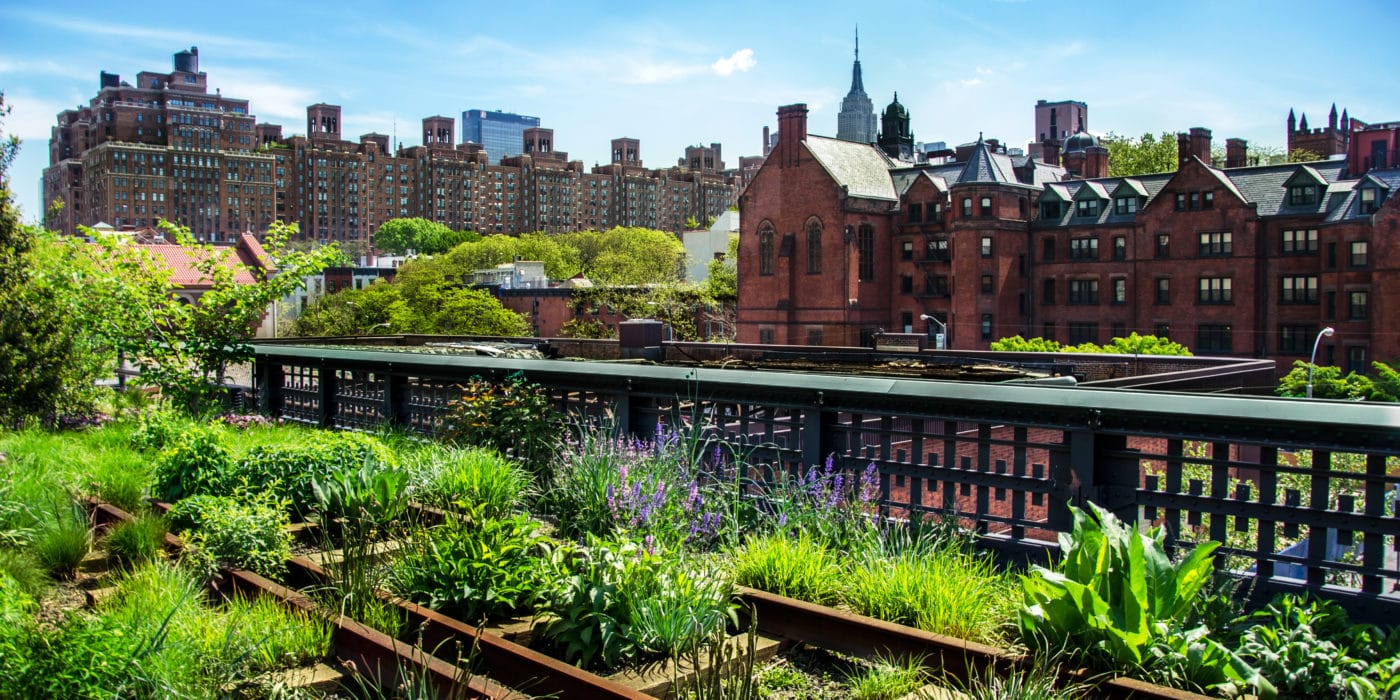In the third quarter of 2023, residential property sales in New York City continued to experience a gradual decline, with both sales numbers and median prices dropping compared to the same period the previous year. By the end of September, the median sale price in NYC stood at $750,000, which was a 1% decrease from the third quarter of 2022. However, the most significant decline was seen in the number of sales, as there were 24% fewer residential transactions in the city compared to the previous year, resulting in approximately 2,400 fewer closed deals in the third quarter of this year.
On a positive note, quarter-over-quarter sales numbers showed an increase of 418 transactions, indicating a seasonal trend similar to 2022 and 2021, where third-quarter sales surpassed those of the second quarter. During the same period, the median sale price remained relatively stable. Nevertheless, the year-to-date data through September revealed a 28% decrease in the number of closed residential deals in NYC compared to the same timeframe in the previous year, with a total of 20,833 sales recorded. Notably, among the top 50 neighborhoods (which included 56 neighborhoods due to some ties), 24 were from Manhattan, 23 from Brooklyn, and nine from Queens. Notably, none of the Bronx neighborhoods made it to the list this quarter, despite the Bronx’s historic appearance in the top 50 during the first quarter of the year. The median sale price in the Bronx was $362,000, marking a 6% decrease from the previous year, which was the most significant year-over-year decline in median sale price among the four boroughs. Across all four boroughs, median sale prices experienced slight declines compared to the previous year, with Queens following the Bronx with a 2% drop, and Brooklyn and Manhattan both seeing 1% decreases. Similarly, overall sales activity decreased in each borough, with Brooklyn experiencing a 26% drop, Manhattan and Queens both recording 24% decreases, and the Bronx seeing a 22% decrease compared to the third quarter of 2022.
Unsurprisingly, Manhattan continued to host some of the most expensive neighborhoods in New York City, with seven out of the top 10 spots. Brooklyn also made its presence felt in the top three, securing two spots. Among the top 10 neighborhoods, seven saw an increase in the median sale price, while sales activity decreased in seven of them. Hudson Yards remained the most expensive neighborhood in NYC with a median sale price of $8,150,000, marking a substantial 39% increase from the previous year. This increase can be attributed to the larger average square footage of properties sold in the third quarter of 2023 compared to the previous year. However, Hudson Yards saw an 8% year-over-year decline in the number of residential deals during the quarter. SoHo secured the second spot with a median sale price of $4.2 million, surpassing TriBeCa in the second quarter of 2023. The median sale price in SoHo was 77% higher than in the third quarter of 2022, although the number of sales decreased significantly by 48% during the same period. Brooklyn’s DUMBO took the third position, with a 60% year-over-year increase in its median sale price, rising from $1,775,000 in the third quarter of 2022 to $2,833,000 in the third quarter of 2023. Hudson Square, TriBeCa, Flatiron District, Red Hook, Little Italy, Theatre District-Times Square, and Greenwood Heights completed the top 10. Manhattan’s median sale price was $1,125,000, while Brooklyn’s median reached $805,000 by the end of the third quarter, with more than half of Brooklyn’s neighborhoods experiencing a drop in median sale prices compared to the previous year.
Notably, DUMBO’s 60% increase in median sale price made it one of the top three neighborhoods, marking the second time a Brooklyn neighborhood achieved this since the first quarter of 2023 when Vinegar Hill held the position. DUMBO’s success can be attributed to 15 of its 33 sales taking place at Olympia, a condo building that significantly influenced the median sale price, with condos at Olympia selling for a median price of $4.95 million. Red Hook returned to the rankings after a year, recording nine residential sales above the $2 million median price threshold. Its median sale price also increased by 30% on a quarter-over-quarter basis. Greenwood Heights, previously ranked #23, climbed to the 10th position this year, experiencing the fourth-highest increase in median sale price year-over-year in the third quarter among the top 50 neighborhoods.
The neighborhood also saw a 6% increase in sales activity. In addition to these three neighborhoods, nine more neighborhoods had medians above $1 million, including Cobble Hill and Gowanus, which ranked 11th and 12th, respectively. Both neighborhoods experienced declines in medians and sales activity. Cobble Hill recorded the second-largest decline in year-over-year sales activity, falling by 58%, while Gowanus saw a 35% decrease in sales compared to the previous year. The most significant increase in sales activity was recorded in Manhattan Beach, up 25% year-over-year. Despite the increase in the number of transactions, the median sale price in Manhattan Beach dropped by 5% from the third quarter of 2022 to the third quarter of 2023, standing just below $1 million. Queens saw the sharpest increase in median sale price, with Little Neck experiencing a remarkable 121% year-over-year surge in the third quarter. Little Neck’s median sale price rose from $370,000 in the third quarter of 2022 to $818,000 in the third quarter of 2023, securing its place among the top 50 priciest neighborhoods in NYC. This increase occurred despite a notable drop in sales activity. Among the 50 most expensive neighborhoods, Queens also recorded the most significant decline in sales activity, with Queensboro Hill seeing a 61% decrease in the number of transactions. The most expensive neighborhood in Queens was Hunters Point, with a median sale price of $1,205,000, which was a 14% increase compared to the previous year, although sales activity fell by 21%. Auburndale was the next-priciest neighborhood, with a median sale price of $958,000, marking a 9% year-over-year increase.
Source: Property Shark





